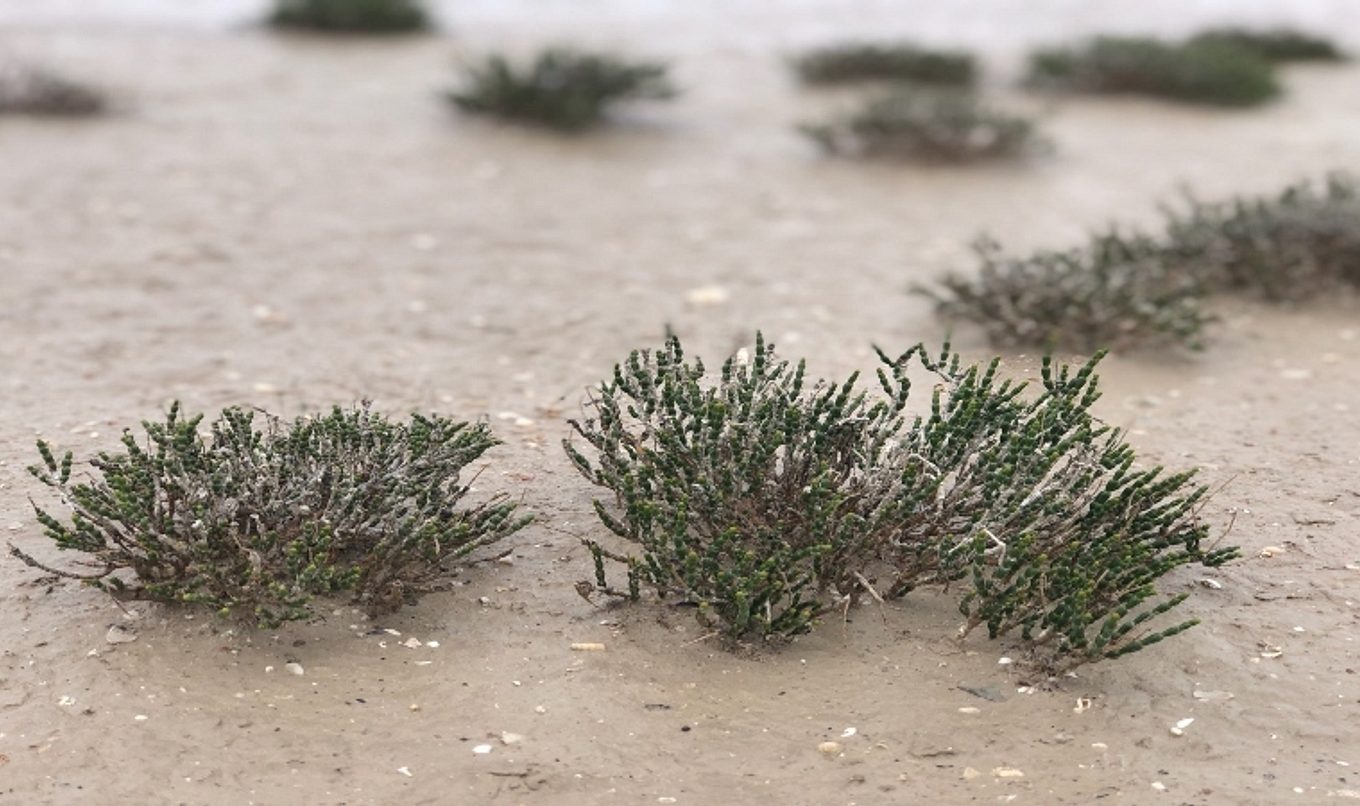State’s first blue carbon restoration site launched today north of Adelaide
In a South Australian first, blue carbon will be captured and stored at a coastal wetland restoration site to be established near Webb Beach, north of Adelaide.

The project is being undertaken on a site adjoining the Adelaide International Bird Sanctuary National Park - Winaityinaityi Pangkara.
Blue carbon is carbon which becomes incorporated into coastal ecosystems, mostly in the plants and sediments of saltmarshes, mangroves and seagrasses.
Over the past year, The Nature Conservancy (TNC) has worked with coastal ecologists to select a restoration site that will have the biggest impact for the environment, as well as carbon capture and storage.
The project will see the restoration of 250 hectares of coastal wetlands which is expected to see 20,000 tonnes of carbon emissions removed from the atmosphere by 2100.
The new site significantly expands habitat for Australian and migratory birds including 15,000 shorebirds that are there for up to six months of the year.
Blue carbon ecosystems can store up to four times as much carbon per area as land-based forests and play an important role in reducing global greenhouse gas emissions.
Director Climate Change, Coast and Marine with the Department for Environment and Water, Neil McFarlane said South Australia offers immense opportunities for blue carbon development and this first site is a significant step in growing the sector.
“Blue carbon plays an important role supporting marine life, providing protection from storm surges and contributing to coastal livelihoods,” Mr McFarlane said.
“It can also help deal with climate change by absorbing carbon from the atmosphere and storing it in soils, roots and plants.
“This is what we refer to as ‘blue carbon’ and it can remain in the sediment for thousands of years if undisturbed, making it one of the longest-term natural solutions to climate change.”
Managing Director of TNC Australia Alison Rowe saidthey’re pleased to be partnering with the South Australian Government and Smartgroup to develop this first restoration site.
“Today is a very exciting milestone for our partnership. The Webb Beach location adjoins the Adelaide International Bird Sanctuary, which provides habitat for migratory birds on their international flight path, so the project will also help expand habitat for Australian and migratory birds,” Ms Rowe said.
“Over the next years, the team will restore natural tidal flow to the wetlands, which will expand the area where saltmarsh and mangroves can grow.
“The project will result in other environmental benefits such as the protection of threatened species, tidal retreat, the creation of fish habitat and roosting and feeding habitat for important migratory and resident shorebirds.”
The project is being delivered in partnership between TNC and a consortium of partners including the South Australian Government.

